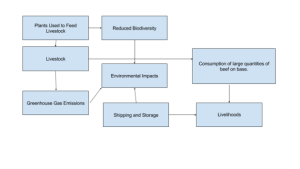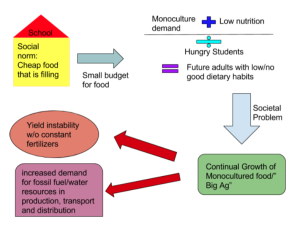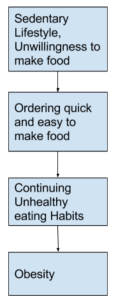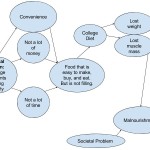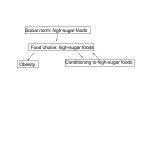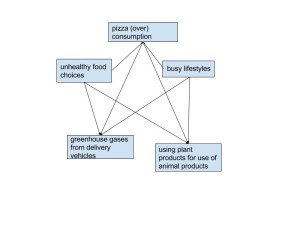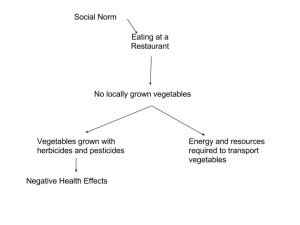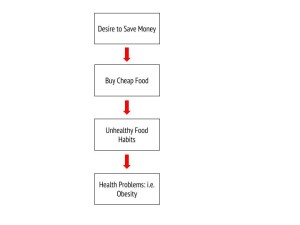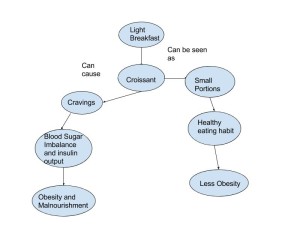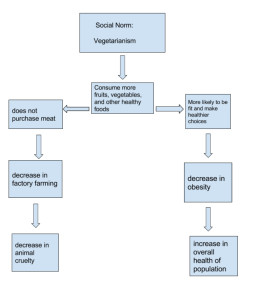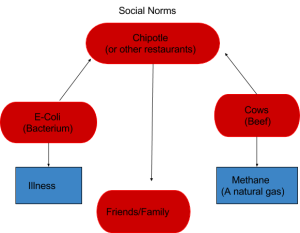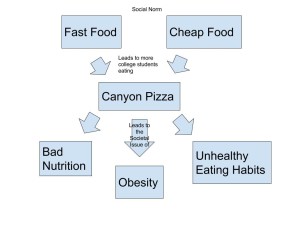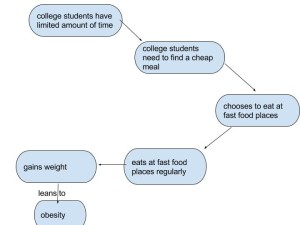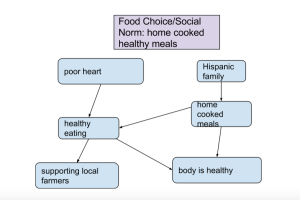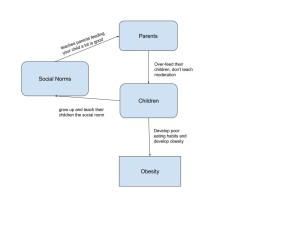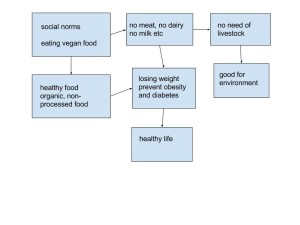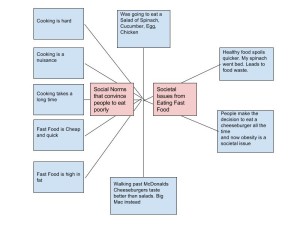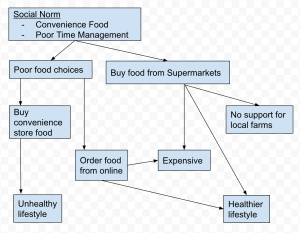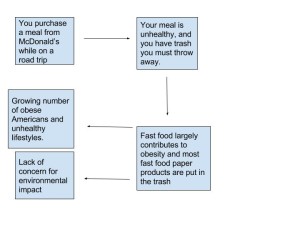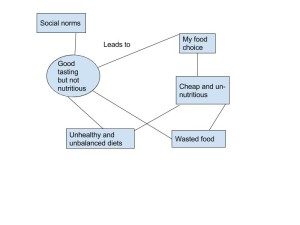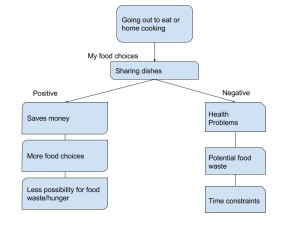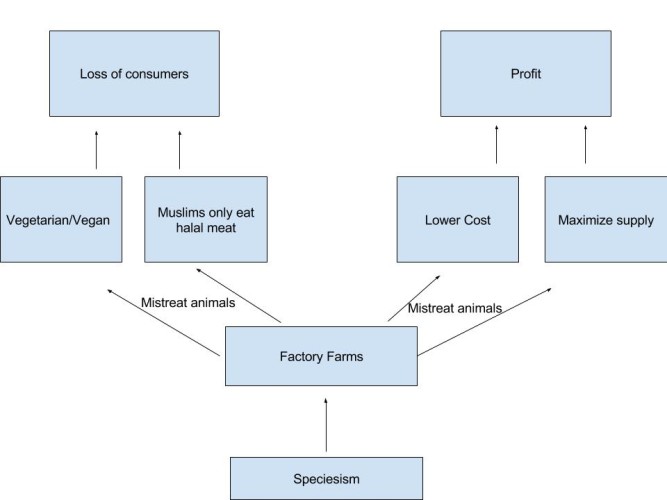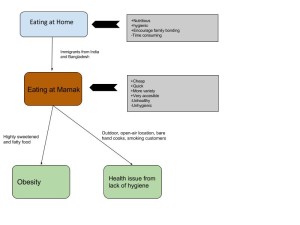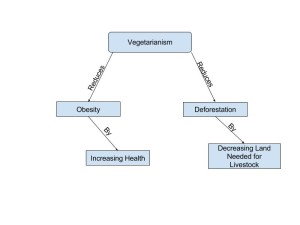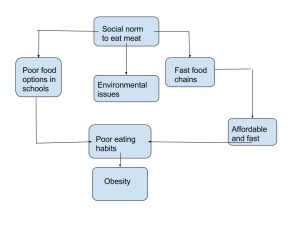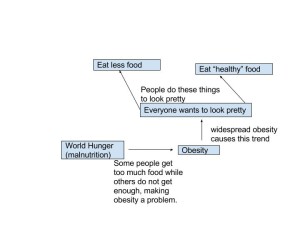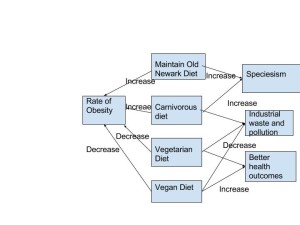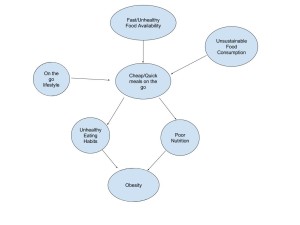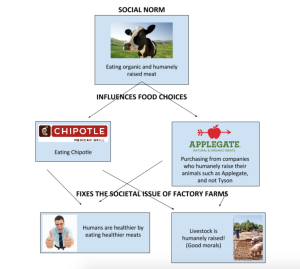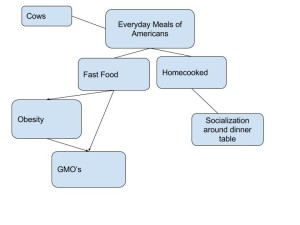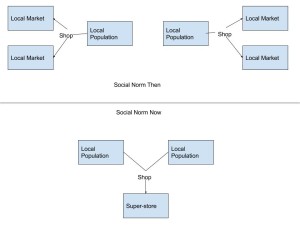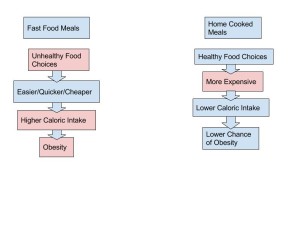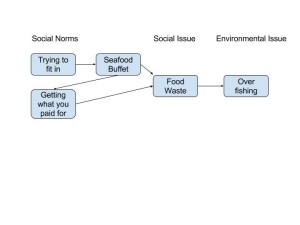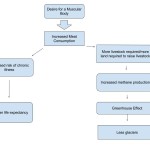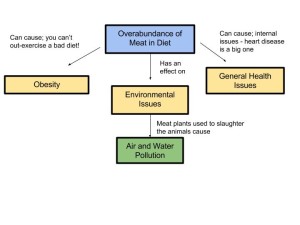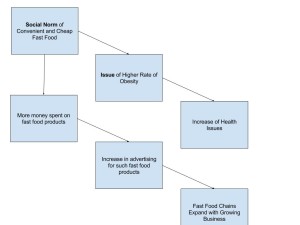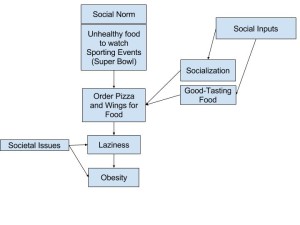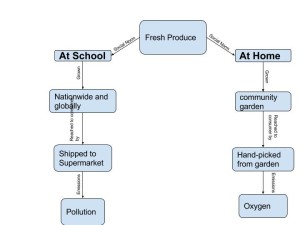As a Marine, I never felt compelled to adjust my diet other than to ensure I was providing my body with enough calories to sustain training and other activities. The options for food were consistent with what I had eaten growing up. When I was stationed in 29 Palms, CA, one of the units attached to my platoon was a foreign force; The Royal Mountain Marines from Great Britain. I became friends with one Royal Marine, Brian Stokes. When Stokes first arrived, he regularly chose chicken as his source of protein during lunch and dinner. Gradually, Stokes began to choose beef, probably because the vast majority of Marines in his new unit used beef as a staple. Brian Stokes had access to beef his entire life but it was socially normal in his family to choose chicken or another alternative over beef, 10 to 1. The new social norms included a significantly higher proportion of beef and Stokes’ diet gradually changed as a result. After a few months, he was eating beef every day after living his entire life eating beef less than once per week.
The food choice described above has several societal issues attached. Though the social norms were formed without consideration of the ramifications of the choice, those ramifications existed regardless. The first way the social norms impacted society was the expense in getting the beef to our tables. 29 Palms sits in the Mojave Desert, far away from where the beef was grown and delivered from. The cost to keep our unit sufficiently supplied meant raising cattle and all of the resources devoted to that endeavour, as well as shipping the beef many miles to our base. Another impact the social norms and food choices made on society included fostering a less diverse agricultural operation. The farms that supplied our beef were influenced to grow crops for the paramount goal of feeding livestock. This lack of diversity undoubtedly caused the land to be less stable and required the use of nitrogen fertilizer to maintain production regardless of the environmental conditions in a given season. 